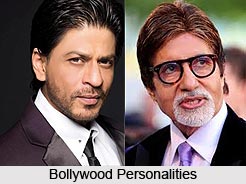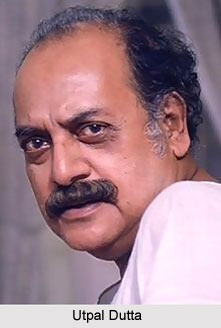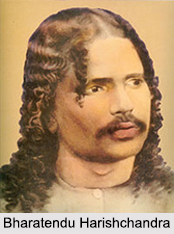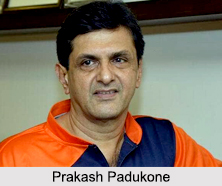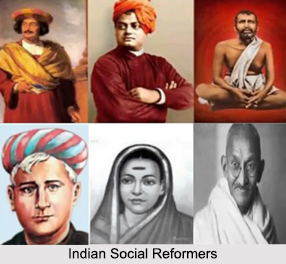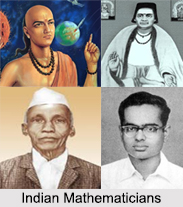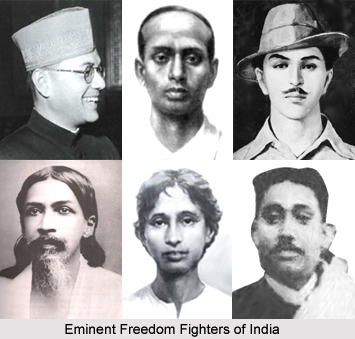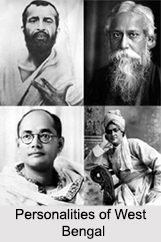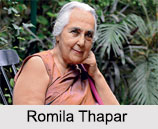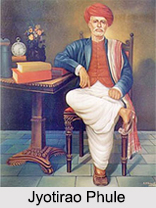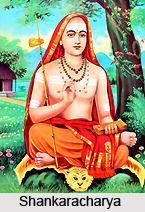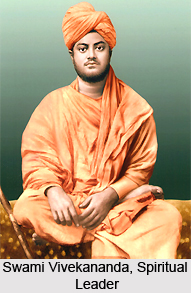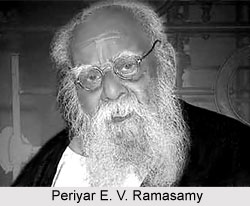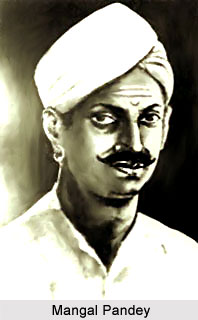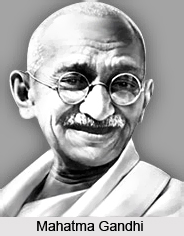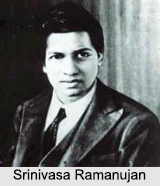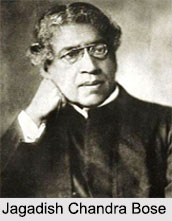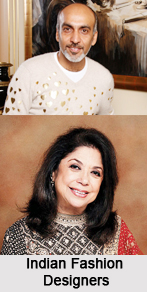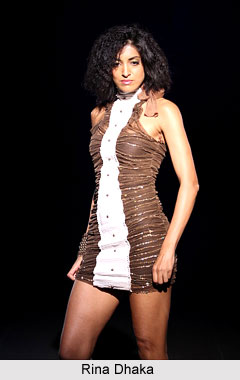 Rina Dhaka is the goddess of oomph of Indian fashion who styles clothes with a lot of fun and frolic. She has been a dreamer ever since she stepped into her childhood. For her visuals have been important than words.
Rina Dhaka is the goddess of oomph of Indian fashion who styles clothes with a lot of fun and frolic. She has been a dreamer ever since she stepped into her childhood. For her visuals have been important than words.
Having industrial experience for a span of time, Rina feels that globalization has unfurled avenues for young and dynamic women and with it, the options of women designers as well. In a desire to be in sync with demand for comfortable, yet stylish outfits for offices, designers are attempting all possibilities of being creative. She is adventurous enough to try the shades of silhouette and is willing to take risks.
Early Life of Rina Dhaka
Rina Dhaka has been a dreamer ever since her childhood. For her, visuals are always more important than words. After completing her graduation, she did a training project with Intercraft and also trained under Evan Grandhal. She had opened up a salwar kameez boutique for one of her friend. It was also around this time that Mutiny and Ensemble were coming up as fashion houses. Rina stated designing for these fashion houses and her designs were well received by the people and thus, it establishing her grace confirmed her entry into fashion forum.
Career and Success of Rina Dhaka
It was very early in her career when Rina got accolades for one of her design for the Miss India event from Rohit Khosla, the only ingenious designer of that time. The encouragement acted as a booster for Rina, who was all the more excited to bring out the best in her. Her first show in Singapore "The Best of Indian Haute Couture" met with a thumping success. Rina has also won a Yuva Rattan award in career, which is spread over almost three decades now.
She is best known for her theme collections - sheer trousers, crochet, stretch jersey, woollens and spider web motifs. Western wear still remains an area of dominance, though she also designs ethnic and conventional attires. She prides on the fact that her pieces can be worn as separates. Attaining a lot of success nationally, Dhaka has also achieved accredits internationally. Her works were featured in magazines, such as Vogue and Elle. One of the pioneering designers during the Eighties, Rina Dhaka transformed the city into an epicentre of avant-garde fashion design. That is no small feat, considering that her label is self-financed. While a brooding, intellectual quality evolved as the hallmark of Indian designers, Dhaka continually balances it with her contemporary "style vs. sexiness" aesthetic. Today, she boasts "Best Designer Award in Miami Fashion Week 2004", has shown her work in The Louvre Paris, and was bestseller at a Bollywood promotion at Selfridges. Her stellar clientele includes Naomi Campbell, Uma Thurman, Tara Palmer Tomlinson and Vittorio Radice, to name a few.
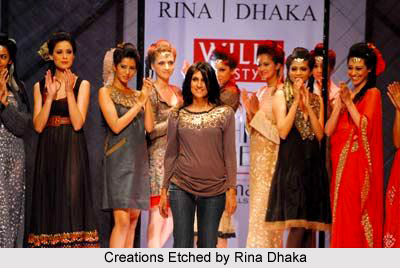 Contribution of Rina Dhaka
Contribution of Rina Dhaka
She was encouraged by his appreciation and has striven to keep up the spirit of innovation. She is best known for her theme collections - sheer trousers, crochet, stretch jersey, woollens and spider web motifs. Her forte remains western wear and she prides on the fact that her pieces can be worn as separates. . "I personally feel fashion for women is about giving options. It is about severity and seduction," says Dhaka on the charge that clothes reveal too much. Designing, for her, is basically a lot of fun. She loves to give shape to her inner feelings, and she believes in being true to her creativity. She has also opened a studio in Hauz Khas Village for Lycra.
Success is what counts and Rina Dhaka seems to have it all! Appreciation for her work has extended Indian shores and international fashion magazines `Vogue` and `Elle` have featured her work. Her recent show in Singapore, which was attended by their President, was an astounding success. She says, "My strength lies in designing knits. I love doing it for Western wear. Now I`ve also started doing Indian garments in knit and other fabrics. Indian wear basics support my western wear creations; a purely western line is otherwise, difficult to sustain."
Indeed, with Indian women beginning to work in the outside world and becoming more independent, there`s a market for both western and Indian clothing, party wear and office attire. As Dhaka points out, "We need both clothing. I`m not going to go to an Indian occasion wearing my pants; I`m not an angrezi mem. We have beautiful Indian clothing, antique Indian shawls and old sarees and now we have us, Indian designers, who will try hopefully to keep the culture intact and make a strong fashion statement."
Rina Dhaka emphasizes silhouettes and is willing to take risks. In one collection she mixed fur and boots with her Indian outfits and always gives five or six looks in each collection.
She says she is impatient with the shapeless jackets and lenghas, which are worn at all weddings. "I`m bringing back a lot of the fitted clothes, the churidhars which were done earlier, in the sixties. Nothing comes back exactly the same; it`s just a reference point. I`m bringing it into my Indian clothing too. You know, the jilmil sitare look, like Mumtaz had. Bollywood can be very glamorous, it was so trendy then. Now of course it`s so confused."
One of the pioneering designers during the Eighties, Rina Dhaka transformed the city into an epicentre of avant-garde fashion design. That is no small feat, considering that her label is self-financed. While a brooding, intellectual quality evolved as the hallmark of Indian designers, Dhaka continually balances it with her contemporary "style vs. sexiness" aesthetic. Today, she boasts "Best Designer Award in Miami Fashion Week 2004", has shown her work in The Louvre Paris, and was bestseller at a Bollywood promotion at Selfridges. Her stellar clientele includes Naomi Campbell, Uma Thurman, Tara Palmer Tomlinson and Vittorio Radice, to name a few.
"It is important to participate in fashion weeks because we showcase our design to the media within India, Asia and even overseas as well as to the customers who come to place order with us based on those styles. It is a trade event. However, the essential need of the hour is partnership with private sectors or the business heads with fashion designers and their factories; essentially the marriage of the factory, designer and investor," she tells us. "I am working on my business and sending out shipments to America in addition to attempting a store opening in collaboration with a businessman in Mumbai."
Rina Dhaka has closely worked with models and we figure she is the perfect person to advice aspirants how to "cross over" from glamorous shoots to those with rarefied aesthetic aspirations i.e. supermodel. "A model who aspires to be a supermodel can become one if she has the X factor. The requirement to be one can be an exceptional beauty of body, great face, ability to have a wonderful walk, discipline and fabulous abs," she tells it like it is, without a blink.
As we wrap up, she leaves us with trends for the sunny days i.e. "the criss-cross dress, the colour nude, the long maxi, and cotton white shirts, khakis, trousers and skirts."
